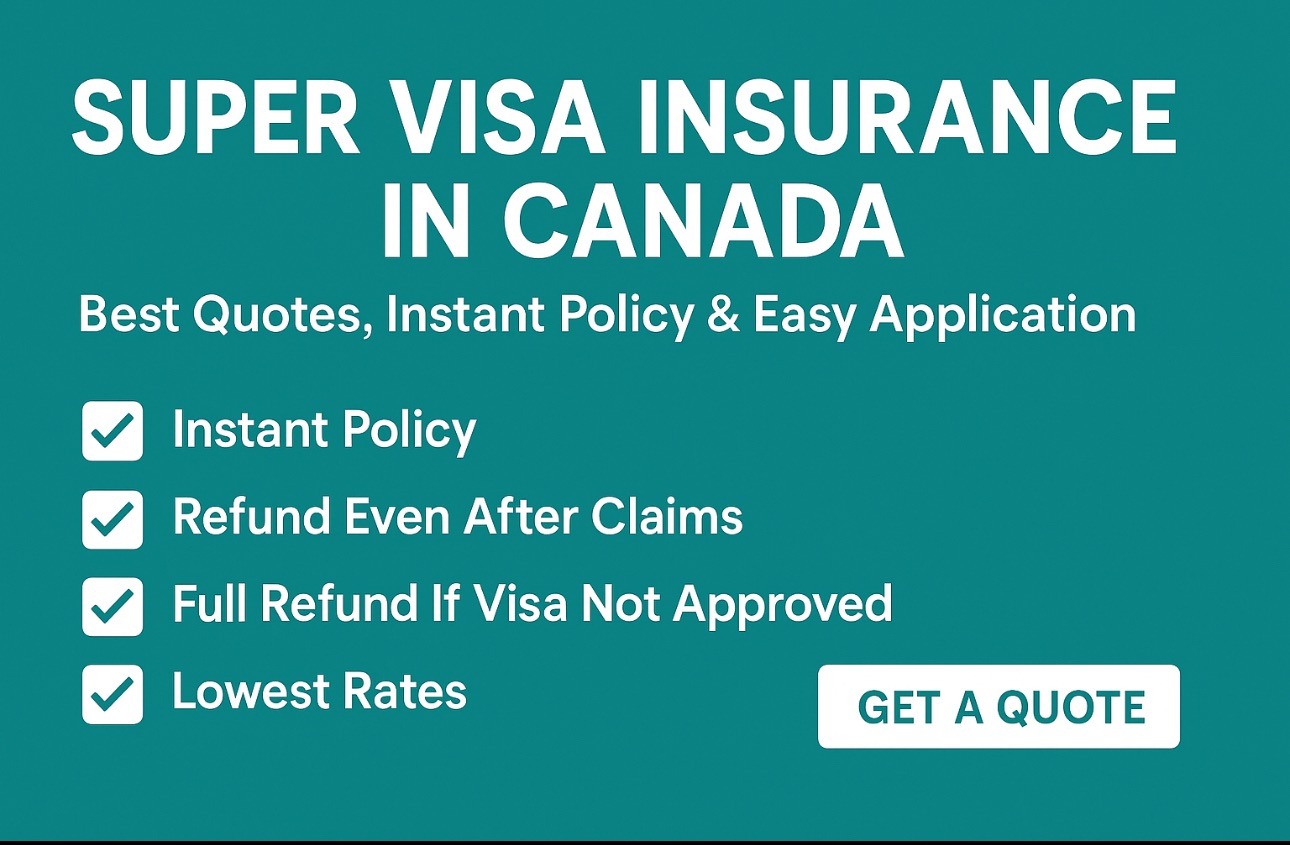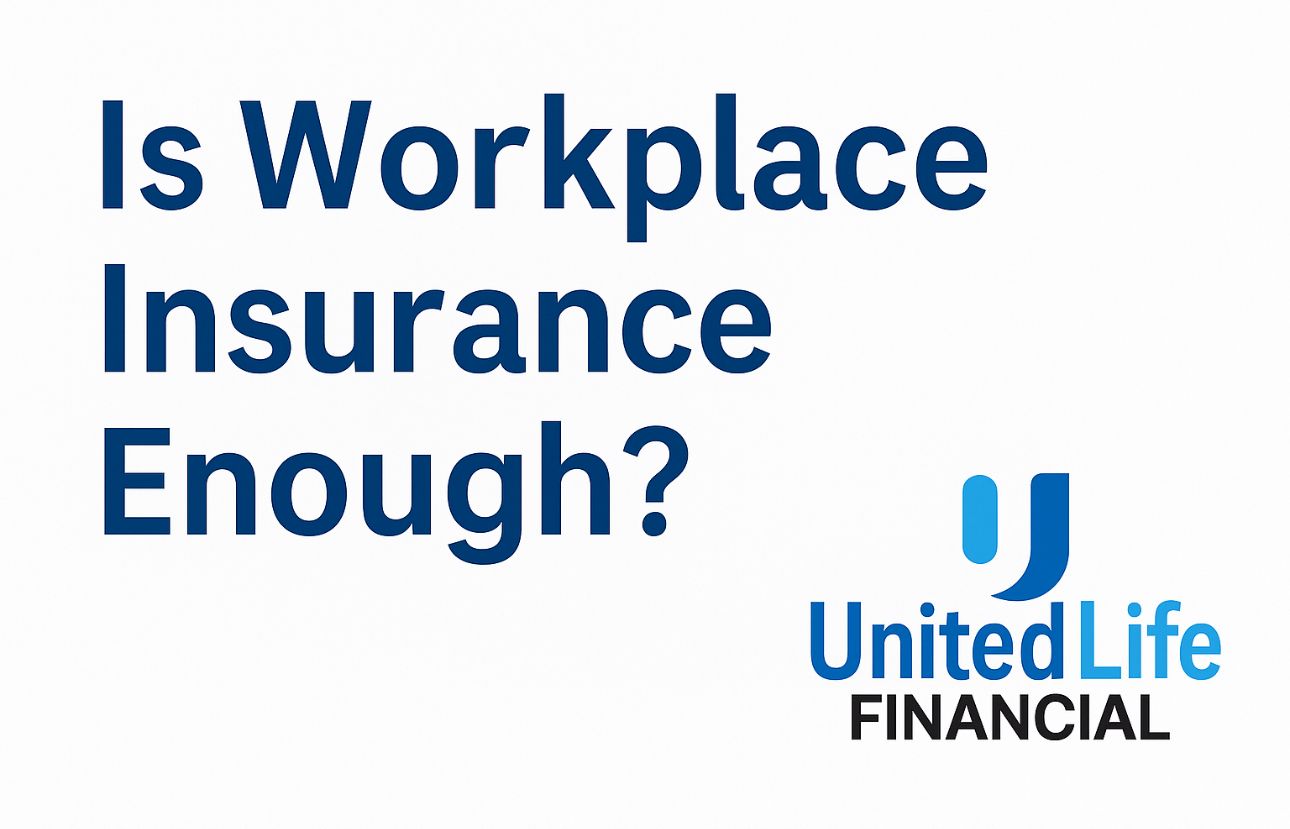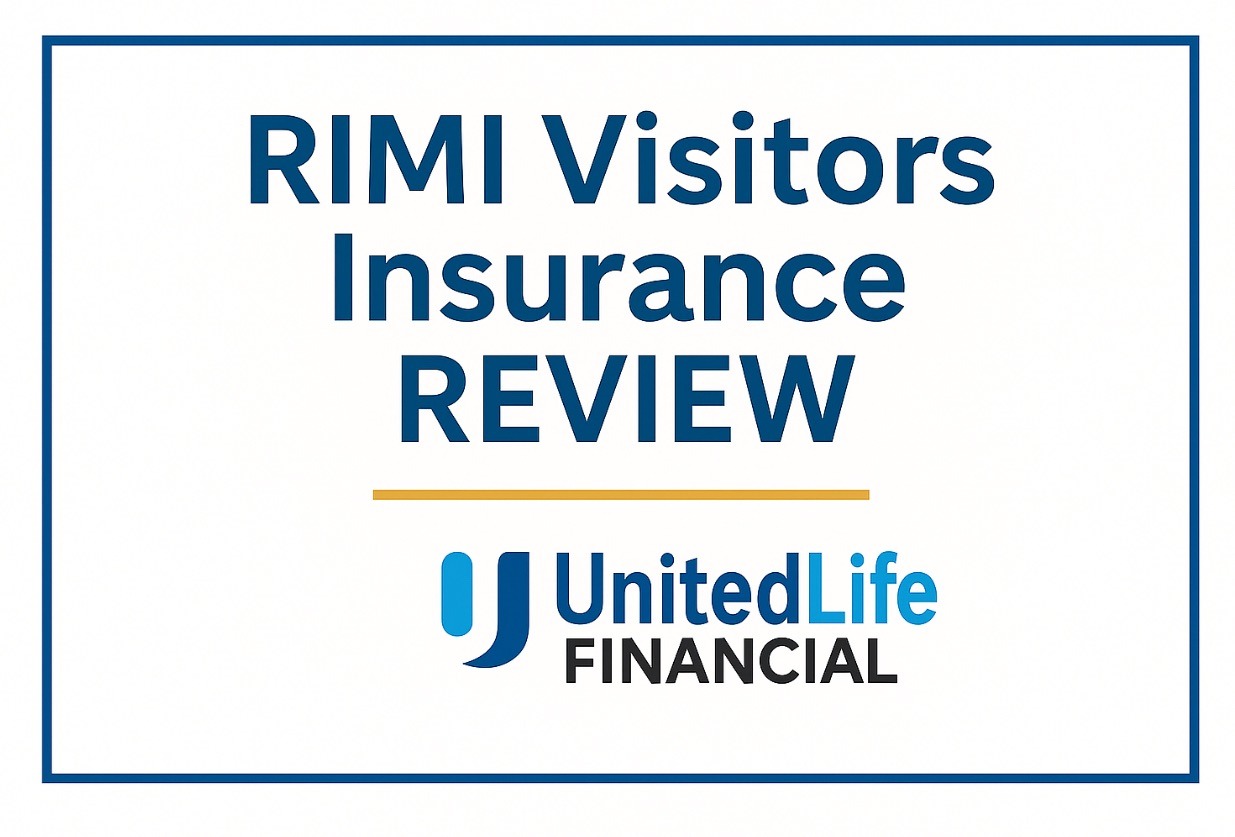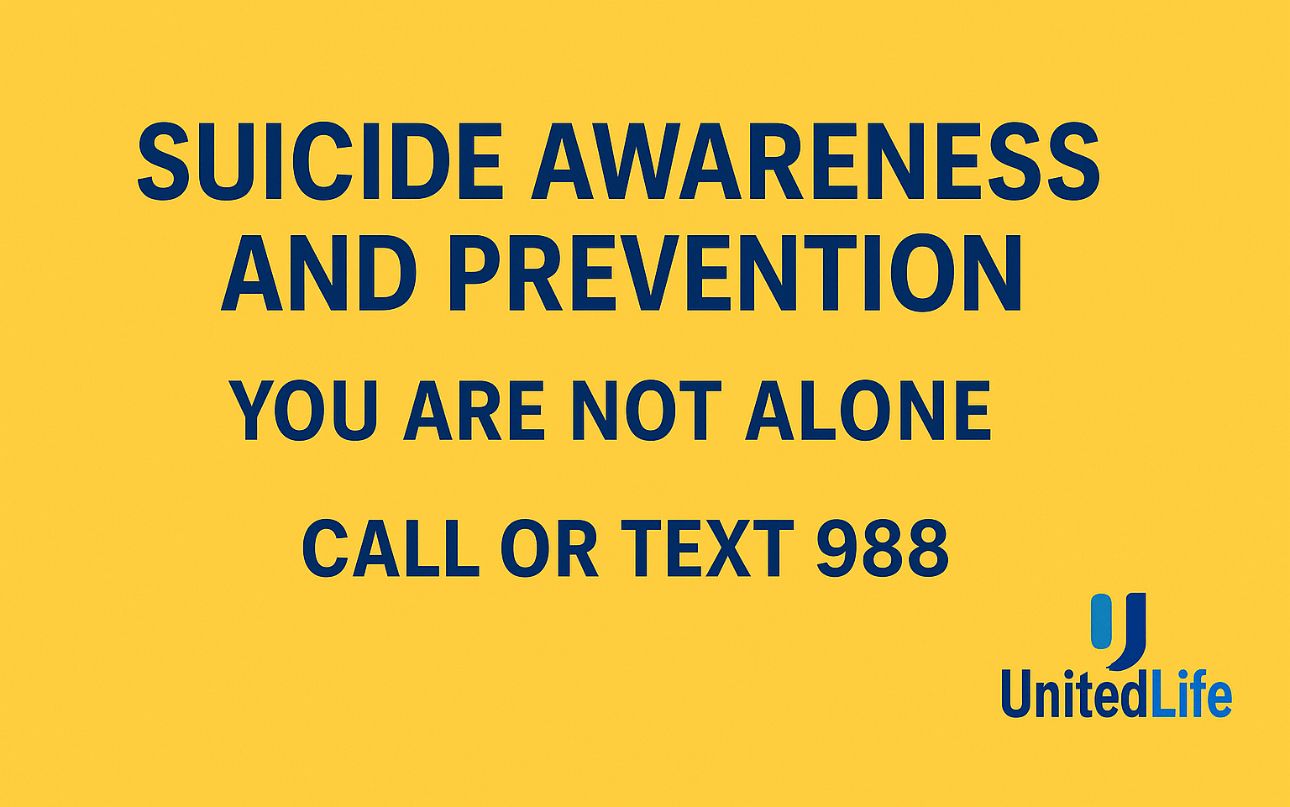
How to Choose the Best Visitor Insurance Plan in 2025 (Visitor Insurance Canada)
If you’re welcoming family or friends to Canada—or you’re visiting yourself—Visitor Insurance Canada is a must-have. Medical care here is world-class but expensive without provincial coverage. The right visitor insurance plan protects your health and your wallet. Use this 2025-ready guide to pick the best policy with confidence.
1) Start with the trip profile: who, where, how long?
Before comparing plans, define the basics:
- Age & health of the traveller. Premiums and eligibility vary by age bands (e.g., 0–59, 60–69, 70–79, 80+). If any pre-existing conditions exist, note them for the insurer’s stability rules.
- Length of stay. Policies can be a few days to a year; many allow extensions if plans change.
- Purpose of travel. Tourism, family visit, business—or Super Visa (often requires higher limits and longer durations).
- Destinations & side trips. Some plans include short side trips to the U.S. or other countries; confirm the rules and day limits.
2) Choose the right coverage limit (don’t under-insure)
Coverage limits for Visitor Insurance Canada typically range from $50,000 to $1,000,000+ CAD. Consider:
- Risk profile. Older travellers or those with medical histories should lean higher.
- Activities. Winter sports, hiking, or frequent driving in icy conditions increase risk; select robust limits.
- Super Visa travellers. Families commonly pick $100,000–$200,000+ for peace of mind.
Pro tip: Higher limits often add only a modest premium compared with the financial risk you’re transferring.
3) What does emergency care actually cost in Canada without insurance?
Prices vary by province and hospital, but published fee schedules give a clear picture of potential bills:
- Emergency room facility fee: commonly ~$700–$1,200+ CAD for non-residents; examples include $772 at Scarborough Health Network (Toronto) and comprehensive uninsured schedules in Ottawa. SHN+1
- Hospital stay (ward/adult room): often ~$2,000–$4,000+ CAD per day; some facilities list ~$3,850/day for non-residents, and specialized care or ICUs can be far higher. IWK Health
- Doctor or walk-in clinic visit (no health card): many clinics post ~$50–$150+ CAD for a basic consult (tests/imaging extra). lockwoodclinic.com+2lockwoodclinic.com+2
- Ambulance (Ontario): billed $240 CAD for non-residents/without valid provincial coverage (residents typically see a $45 co-pay when medically necessary). University Health Network+2williamoslerhs.ca+2
- Diagnostics (cash rates): CT or MRI can be several hundred to several thousand dollars depending on province and whether hospital “non-resident” multipliers apply. Ottawa’s schedule lists $2,130 for a CT (plus visit fee) for non-residents; other public examples show MRI/CT in the hundreds to low-thousands. Queensway Carleton Hospital+1
Takeaway: A single ER visit with imaging can easily exceed $1,500–$3,000 CAD, and even a short admission can reach five figures. This is why travellers—especially Super Visa visitors or older travellers—select $100,000–$200,000+ CAD limits and confirm that ambulance, ER, inpatient care, and diagnostics are covered.
4) Understand deductibles (and how they change price)
A deductible is what you pay before insurance pays (e.g., $0, $250, $1,000).
- Higher deductible = lower premium, but choose an amount you can actually afford in an emergency.
- Check whether it applies per claim or per policy period—that difference can matter.
5) Pre-existing conditions: stability periods & exclusions
This is the most misunderstood part of Visitor Insurance Canada.
- Stability period. Many plans require a condition to be unchanged (no new symptoms, tests, or medication changes) for a set time (often 90–180 days) before coverage starts.
- Look-back windows. Insurers review recent medical history; disclose accurately.
- Enhanced coverage riders. Some plans cover stable conditions via riders—read definitions carefully.
If a condition isn’t “stable” per the policy wording, related claims may be denied—even if your doctor says you’re fit to travel. Ask your broker/insurer to confirm stability rules in writing.
6) What should your policy include?
At minimum, look for:
- Emergency medical care (doctor, hospital, surgery, diagnostics)
- Prescription drugs during emergencies
- Ambulance & air evacuation when medically necessary
- Repatriation (return of remains or medical return to home country)
- Paramedical services (e.g., physiotherapy) when prescribed post-emergency
- Emergency dental due to accident
Valuable extras:
- Direct billing with hospitals/clinics (reduces out-of-pocket stress)
- 24/7 assistance with multilingual support
- Compassionate visit benefits (fly a family member to Canada if you’re hospitalized)
- Side-trip coverage outside Canada (confirm max days and conditions)
7) Timing matters: waiting periods, start dates, proof of entry
- Buy before you travel when possible. Many plans impose a waiting period (e.g., 48–72 hours) for illness if purchased after arrival.
- Start date & time. Align coverage to your flight arrival (or earlier if you want coverage during transit).
- Keep proof of entry. Save boarding passes and entry records; insurers may request them with a claim.
8) Read the exclusions like a detective
Common exclusions include:
- Routine check-ups or ongoing treatment unrelated to an emergency
- High-risk activities (some sports) unless specifically included
- Pregnancy-related care after a certain gestational week
- Alcohol/drug-related incidents
- Travel against medical advice or for the purpose of seeking treatment
If you plan to ski, snowboard, or try adventure sports, ask about optional sports riders.
9) Compare claims experience, not just price
Two equally priced plans can deliver very different outcomes:
- Assistance network. Do they help locate care, issue guarantees of payment, and coordinate with hospitals?
- Claims process. Digital submission? Typical reimbursement times?
- Direct pay vs. reimburse. Direct pay can spare you from large up-front charges.
An experienced, licensed broker can share real-world insights across carriers.
10) Super Visa specifics (parents & grandparents)
For Super Visa visitors:
- Many families choose $100,000–$200,000 limits.
- Confirm the minimum duration (often one year upfront; some providers offer monthly payments).
- Keep policy documents handy for immigration: certificate, coverage dates, insured names, limits.
11) Smart ways to save without sacrificing coverage
- Use deductibles strategically. A modest deductible can meaningfully cut premiums.
- Longer policy = better pricing. One continuous policy can be cheaper than multiple short ones.
- Family/group plans. Ask if family pricing is available.
- Refund/cancellation flexibility. If plans change, know the refund rules before you buy.
Quick checklist before you purchase
- Coverage limit matches your risk (age, activities, Super Visa needs)
- Deductible level you can afford
- Clear stability period for any pre-existing conditions
- Side-trip rules fit your itinerary
- Start date and any waiting period align with travel
- Exclusions reviewed (sports, pregnancy, routine care)
- Strong assistance/claims support (ideally with direct billing)
The bottom line
Choosing the best visitor insurance in 2025 is about balance: adequate limits informed by real Canadian healthcare costs, honest disclosure of your health history, clear stability rules, and a claims partner you can trust. If you’d like help comparing options for your travel dates, health profile, and budget, a licensed broker can quickly narrow your choices and secure coverage that travels with you—worry-free.







